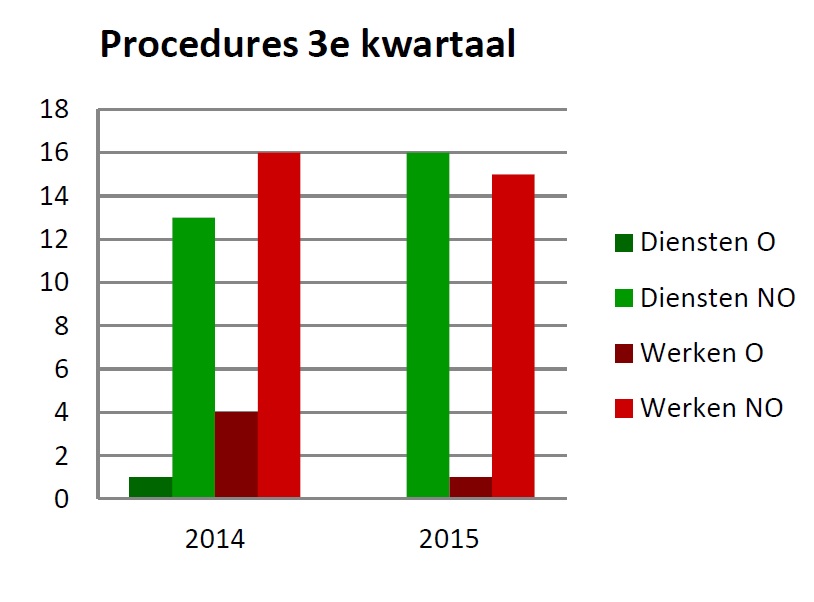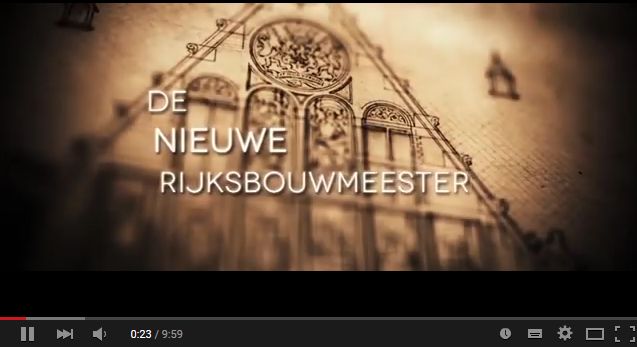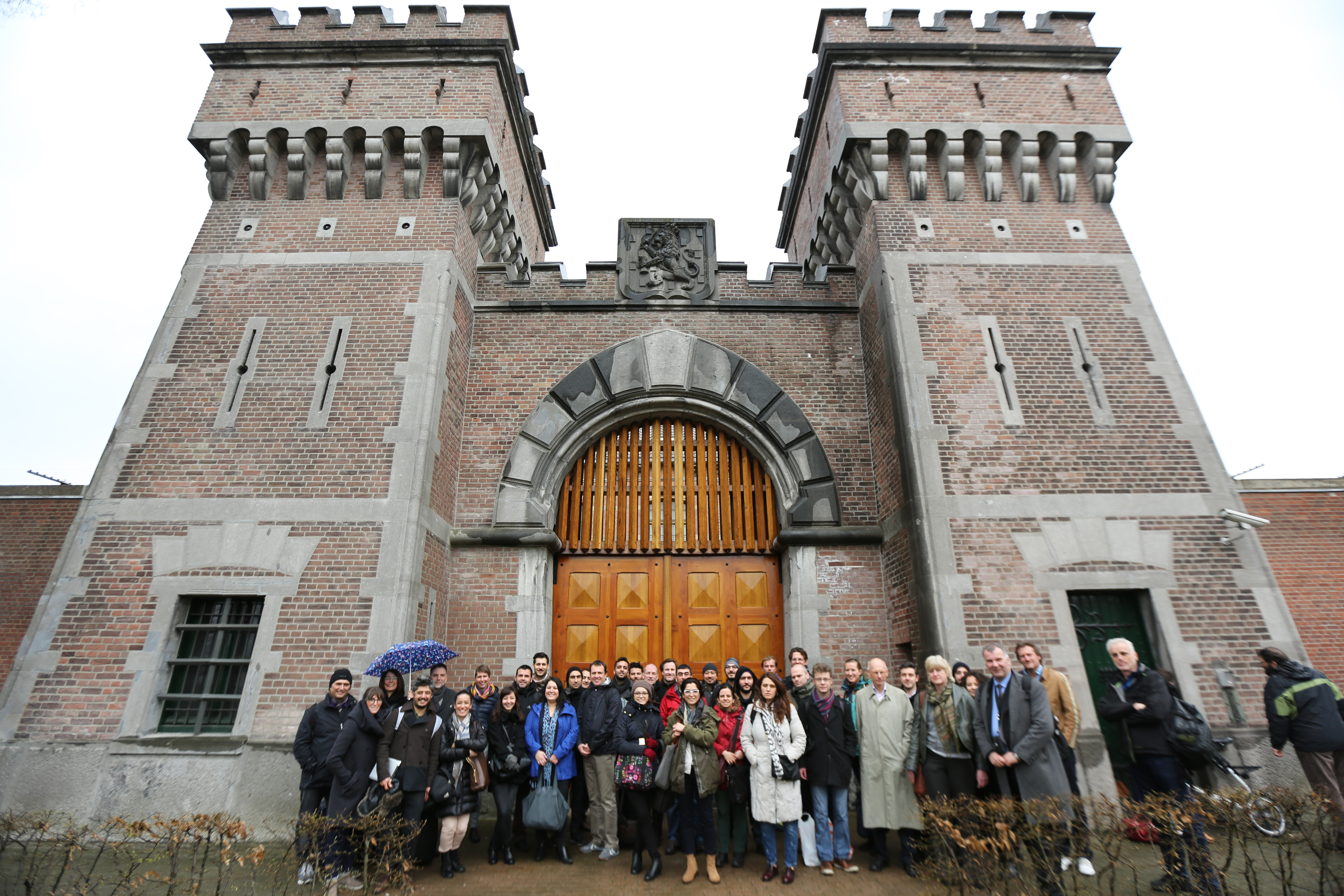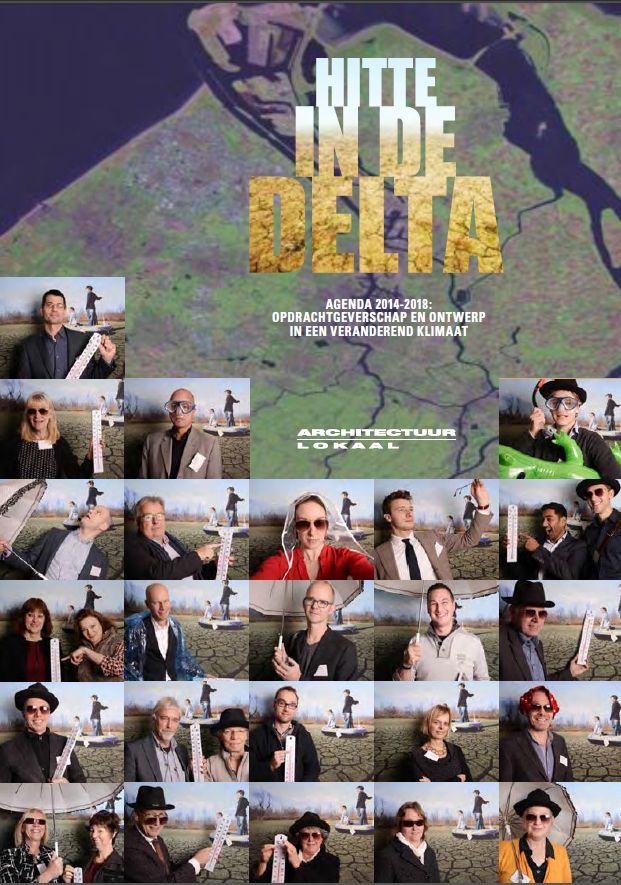Architectural Policy in Estonia – Architectuur Lokaal
 Lecture on local architectural policy at the symposium of the Estonian Architects organisation Eesti Arhitektide Liit in Tallinn. Cilly Jansen, Architectuur Lokaal, participated in this meeting and noted: “Estonia’s participation, since 1998, in Europan, the Europe-wide architectural competition for architecture and urban design, has played a vital role in bringing attention to Estonian architecture.”
Lecture on local architectural policy at the symposium of the Estonian Architects organisation Eesti Arhitektide Liit in Tallinn. Cilly Jansen, Architectuur Lokaal, participated in this meeting and noted: “Estonia’s participation, since 1998, in Europan, the Europe-wide architectural competition for architecture and urban design, has played a vital role in bringing attention to Estonian architecture.”
The Architectural Policy of Estonia
Passed at the Parliamentary sitting 22.10.2002, protocol no. 43, item no. 5
With the development of a market economy the responsibility of the state increases in areas susceptible to change, like planning, architecture, and construction. Today’s existing constructed environment will last for decades, but current government policy, and the lax administrative control by local governments of planning and development cannot guarantee its social and aesthetic merit. At the same time there is the ever-increasing need to design larger spatial units – whole suburbs, units of infrastructure, and the connections that link them. In developed European countries architecture is recognised as an integral part of culture and the life environment. In the architecture policies of the member countries of the European Union, architecture is treated as part of the culture and the economy. It is considered, not only as a part of the artistic or cultural heritage, but also as a professional service provided for society in the form of designing the built environment. The resolution of the European Council on 12 February 2001 emphasises the importance of a well-designed urban and rural environment. Important documents in this regard include the Torremolinos Charter (1983), which drafts the principles and regulations for regional and spatial planning, and the Granada Convention for the Protection of the Architectural Heritage of Europe (1985). Estonia joined this Convention in 1995. In Estonia, the effect of these documents on environmental protection, sustainable development and architectural heritage is already evident in the wording of the government environment strategy, and in the laws governing cultural heritage and sustainable development. It is also evident in the implementation of Agenda 21. Estonia’s participation, since 1998, in Europan, the Europe-wide architectural competition for architecture and urban design, has played a vital role in bringing attention to Estonian architecture.
The government is aware that Estonia needs a state architectural policy, which would act as a guide for the development of a new environment, based on the needs of the state and its citizens, and at the same time preserving its architectural heritage for future generations. Until now, the term environment has been used primarily in reference to the natural environment. However the aim of this document is to extend its meaning to the urban environment, where approximately 70% of Estonians live.
The State The State, being responsible for ensuring the basic rights of its citizens, is accountable for the human habitation environment. According to the constitution, Estonia’s national wealth consists of its natural environment in the form of its natural resources. The built environment has, until now, been overlooked in Estonia’s legislature. The administration of the environment on a national basis is fragmented between different departments. Planning and environmental protection is in the hands of the Ministry of the Environment. Regional development and local government is partly handled by the Ministry of Internal Affairs, and partly by the minister for regional development. Construction and housing administration is the responsibility of the Ministry of Economic Affairs, while heritage conservation is the domain of the Ministry of Culture. The development of the built environment requires the coordination of several disciplines, such as regional development, landscaping, the architectural and structural design of buildings, as well as the renovation and restoration, supervision, sustainable use, and conservation of the architectural heritage. The county councils mediate the aims of the national architectural policy and sustainable planning principles for the municipal governments through their planning activities. County governors are responsible for the drawing up and official supervision of planning and development in the county. It is not possible to competently carry out these tasks without an architect. Therefore the re-establishment of the position of municipal architect should be considered. At present only seven county councils employ an architect. The state, as an owner of property and a client, can be an example to others. Who designs important public buildings must be decided by local or international competitions. The state would then be responsible for implementing the winning design, by providing the necessary resources. It is in the interests of the state to have fair competition, a public interested in architecture, an international image for the architecture of Estonia, and competitive architects. Architectural heritage forms a substantial part of the built environment. State-funded restoration and conservation of cultural and architectural heritage is one of today’s priorities. The architectural heritage of Estonia has received international interest, and is becoming increasingly important as a tourist attraction. The state considers it a necessity to raise the interest of institutions and individuals in the conservation and restoration of the memorials within their care. The first step in this direction has been the re-establishment of the Heritage Board, and the inauguration of national heritage programmes. A secure, effective and well-designed environment is everybody’s basic right. This the state guarantees through legislation and administration. The aim of architectural policy is to treat the built environment as part of Estonia’s national wealth, and to maintain and increase its value. To this end the state encourages cooperation between its various ministries such as those of the environment, economic affairs, roads and communication, internal affairs, culture, agriculture, education, social affairs and finance, as well as with municipal government institutions, the private sector, the third sector, and its architects. In order to negotiate the administrative boundaries and establish a balance, the state considers it necessary to create an architectural council, which would hold a long-term view of appropriate planning, design and construction and which would coordinate the tasks of the different offices and institutions in a joint project. The council would make sure that the different aspects of each project (environment, roads, railways, energy, residential areas, etc.) affecting the built environment took into account the spatial aspect and appraised the planning and architectural solution as a whole.
The State, through the creation of new laws, intends to take more responsibility in the planning, design and construction process than it has to date.
Local Government The ultimate authority and responsibility for planning, design and construction has been delegated by the state to local government through the planning and building law. Local government can institute and implement the rules (building regulations, etc), long-term programmes, and strategies for planning and architectural design. They can coordinate planning activities by procuring planning services or executing the planning themselves. Since the planning and building law came into force, general planning has been implemented, or is in the process of being drawn up, for 30 towns and cities and 110 rural municipalities. Fourteen county plans have already been completed. Only a few of Estonia’s 247 local governments have the resources to implement the planning and construction responsibilities assigned to them by law. Only the largest towns have an architect on the city council, and only every fifth county has one on its county council. The situation is no better when it comes to construction specialists. A solution must be found which would enable smaller towns and parishes to jointly employ planners, architects and construction specialists. If the local government does not have a comprehensive planning policy, there is a risk that the environment could be spoiled by individual plans which do not take into account the overall vision for the whole region, or by temporary buildings erected due to lack of resources. In larger administrative centres it is not possible to ensure optimal planning and a constant architectural competence by outsourcing planning services. State government and local government, by assuming responsibility, should be able to fully realise the long-term goals set in building projects and planning programmes. Therefore it would be expedient in larger towns to form a planning and architecture committee to advise the city council. Local governments need the support of the state government in initiating and managing environmental projects, including architectural projects.
The basis for the successful functioning of local government is the understanding that planning is an effective tool to balance the development of the natural and built environment. Municipalities have to realise that one of their most important missions is to promote good architecture and planning that improves the quality of the environment. Therefore the municipal government must make sure that all the groundwork in planning and construction is professionally done. At the same time they must raise public awareness, and make sure that the public is involved in the planning process.
Private Investors, the Third Sector and the Public The client has the right to go ahead provided he does not jeopardise lives or infringe on the rights of others. This is ensured by adhering to building regulations and conforming to appropriate standards. The duty of government and municipal councils is to avoid unnecessary bureaucracy and wasting of time in the planning and building process. The public sector must work hand in hand with the private sector to ensure that the interests of both are served and investment opportunities realised, thus increasing the potential to create a quality environment. The government acknowledges the private sector as a worthy partner in creating quality architecture. In developing large sites, the local government and the private investors occupying the site should unite in their efforts to achieve a comprehensive solution for the whole site. Development of the site piecemeal by private investors should be avoided. A combined effort would result in the most effective use of resources, at the same time taking into account the needs of the residents. We assume that all investors wish to participate in the creation of good architecture. Frequently however, the client is motivated foremost by money. Investing in architecture may seem at first nebulous and unprofitable. An inaccurate grasp of the problem, misconceptions, and lack of resources could also be a hindrance to good architectural and environmental solutions. The client has to be guided and educated in the benefits of architectural design. Therefore it is important to create appropriate educational opportunities that provide guidance, and which encourage the exchange of ideas. The state supports institutions that endeavour to popularise architecture, such as the Museum of Estonian Architecture and academic and popular publications dealing with architecture. However, in this respect, the government would like a more diverse approach from the media and also from the architectural profession itself, an approach that is directed at the general public.
The private investor, the third sector, and the general public are all part of the public sector, and all have a responsibility in creating a built environment of quality, that is aesthetically pleasing. The government is prepared to do its part in raising the architectural and environmental awareness of the public sector.
The Architects The Union of Estonia Architects, founded in 1922, represents all qualified architects in Estonia. The architect is a specialist whose professionalism is determined by the education available. Educational policy has to support architectural policy. The government wants to bring Estonia’s architectural schooling into line with current European requirements. This would mean that Estonian diplomas would be accepted, and thus guarantee Estonian architects the right to practice in the rest of the European Union. It is important to provide continuing education and training opportunities for architects already qualified. In higher education in Estonia, a broadening tendency is evident in architecture and related subjects. Beside building-focused architectural studies, it is now possible to study town planning and landscape architecture. Keeping in mind Estonia’s small size it is important to coordinate training in a way that avoids unnecessary duplication as well as excessively narrow profiling. The quality of education provided in higher institutions depends on the professionalism of the teachers. The government can help raise the standard of teachers by providing academic scholarships and encouraging research at the universities in architecture, town planning, building technology and materials. Opportunities must be created for international academic experts to contribute to architectural teaching. An architect’s relation to society is not only a matter of aesthetics – it also has a social dimension. The latter is provided by the confidence of the government and a society that recognises the architect as a creator of the living environment enabling him to use his expertise in taking part in the developmental processes. Architects have a great responsibility towards society. The quality of the environment depends on the professional competence and integrity of the architect as the designer of the environment. This means that the architect is obliged to constantly develop his professional expertise. In order to improve the built environment the architect has to take a more active role in raising the awareness of the general public, and fostering an understanding and interest in a well-designed environment. The state considers it necessary to align Estonia’s architectural schooling with international norms, thus ensuring the recognition of Estonian diplomas abroad. The government supports the raising of the qualifications of lecturers in architecture and building, and encourages lecturers from abroad to come to Estonian universities.
Architects are often involved in large capital investments, and with this comes great responsibility. The importance of the architect as designer of the spatial environment and shaper of social development has to be recognised, taken into account, and put to good use.
Implementation of the Architectural Policy
The Aims of the Architectural Policy: – to consider the built environment as part of Estonia’s national wealth and to conserve and increase its value. – to create the conditions for designing a safe and harmonious built environment that meets the needs of the society. – to increase the public’s awareness of their responsibility in the living environment, by popularising architecture and educating the public about architectural aims. – to encourage spatial planning, the creation of quality architecture, and high quality construction. – to nurture architectural education and research in architecture, planning, town planning, building technology and materials.
– to recognise the architectural heritage as one aspect of national cultural history and improve its conservation with appropriate measures.
To achieve the aims of the architectural policy, greater cooperation is needed between the state, local government and non-government organisations. Current strategies have to be revised and, if necessary, changes implemented.
A detailed programme has to be worked out in order to achieve the aims of the architectural policy.



